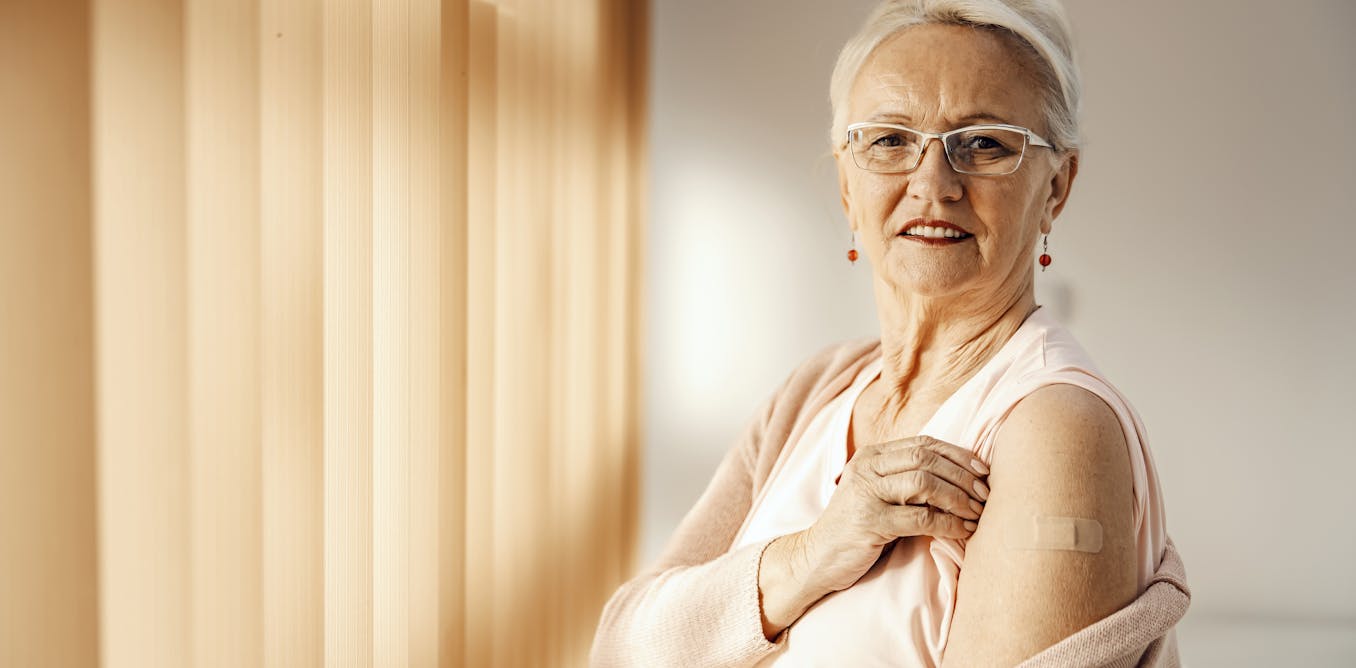A NEW smartphone app can tell you if you’re at risk of heart disease, stroke or diabetes, experts say.
MyBVI is an at-home body scan tool that analyses your health in as little as 30 seconds.
2

2
It uses two photos to reveal your body fat, visceral fat, waist-to-hip ratio, waist-to-height ratio and waist circumference – without the need for a tape measure.
Using artificial intelligence (AI) and taking into account your age and gender, this then produces a body volume index (BVI) figure from zero to 20, which determines your likelihood of future health problems.
Generally, the higher the number, the higher your chances of falling ill.
A BVI score below 13 is considered low risk, while figures above 13 indicate an increased risk.
The technology is 23 per cent more accurate than body mass index (BMI) which relies on weight and height alone, scientists claim.
Inventor Richard Barnes said: “With MyBVI, users simply take two images with their smartphone or tablet from the comfort of their home, and within seconds, they receive their measurements.
“It considers where fat is distributed on the body, and how that impacts health, rather than just on total weight.
“Anyone can do it. And the images are never stored or used, ensuring complete privacy.
“BVI is a predictive risk indicator for three of the most significant diseases in global healthcare – diabetes, cardiovascular disease (which encompasses heart disease and stroke) and high blood pressure.”
Developer Select Research hopes it can help ease the burden on medical staff by allowing patients to submit images from home, eliminating the need for GP or other clinic visits.
How to do the body scan
- Get someone to hold your phone or tablet vertically and stand in front of them.
- Stand facing forwards, with your arms held out straight at a 45-degree angle for the first picture.
- For the second photo, stand exactly side-on with your feet together and your arms straight down. Don’t look at the camera.
- You should receive your results a few seconds later.
Those deemed high-risk can then be monitored, “enabling cost-effective preventive care and earlier diagnosis”.
It should also reduce the chances of ‘false positives’ for obesity, particularly in patients with muscular builds, ethnic minorities and women, according to the team.
Richard said: “The government now has an opportunity to fulfil its promise of creating a future-ready NHS by adopting a more accurate understanding of body composition and its impact on health.
“BVI accurately identifies more than four out of five patients who might be at risk of heart disease, stroke or type 2 diabetes – marking a 23 per cent improvement over BMI and outperforming manual measurements.
“These findings indicate that BVI is a more effective risk indicator than BMI, which was created in 1835 and is outdated and inaccurate when assessing individual health.
“After 18 years of development, we’ve created an app that offers more comprehensive body measurements that lowers the cost of entry and could become a new medical standard.
“It offers a more comprehensive approach, with detailed data on total body fat, visceral fat, waist-to-hip ratio, waist-to-height ratio, waist circumference and BVI.
“Maintaining good health is important for everyone, so it’s crucial that people have access to accurate tools like MyBVI to make the right decisions about their health.”
It could serve as a powerful screening tool for identifying metabolic syndrome
Researchers
MyBVI is free to download but requires a £3.99-a-month subscription to unlock “premium benefits”.
It presents data on a graph to help users understand how their body changes over time.
The app predicts someone’s metabolic syndrome risk and severity.
A study published in the European Heart Journal – Digital Health found it to be more accurate than BMI.
“The tool offers a more precise alternative to other measures of disease risk, like BMI and waist-to-hip ratio,” the researchers said.
“It could serve as a powerful screening tool for identifying metabolic syndrome.”
Metabolic syndrome can lead to a heart attack, stroke, diabetes, liver disease, and other serious health problems.
People with metabolic syndrome typically have apple-shaped bodies, meaning they carry a lot of their weight around their middle.
The science behind body volume index
BVI helps people understand their body composition.
Total body fat
Body fat, also known as adipose tissue, helps store energy in our bodies and is essential for our wellbeing.
But in excess, it can also lead to the development of many diseases, including heart disease, high blood pressure, and stroke.
Visceral fat
Visceral fat, also known as intra-abdominal fat, is the fat found on the inside of your abdomen and around your organs.
Too much of it is linked to type 2 diabetes, fatty liver disease and some forms of cancer.
Waist-to-hip ratio
Waist-to-hip ratio measures the difference between the waist circumference and the hip circumference, and determines how much fat is stored on the waist, hips and buttocks.
Waist-to-height ratio
Someone’s waist-to-height ratio is obtained by dividing their waist size by their height.
Waist and hip circumference
The waist is measured in a horizontal line, halfway down the side of the body between the pelvic bone and the bottom of the ribcage.
The hip circumference is measured at the widest point of the buttocks.
Source: BVI




